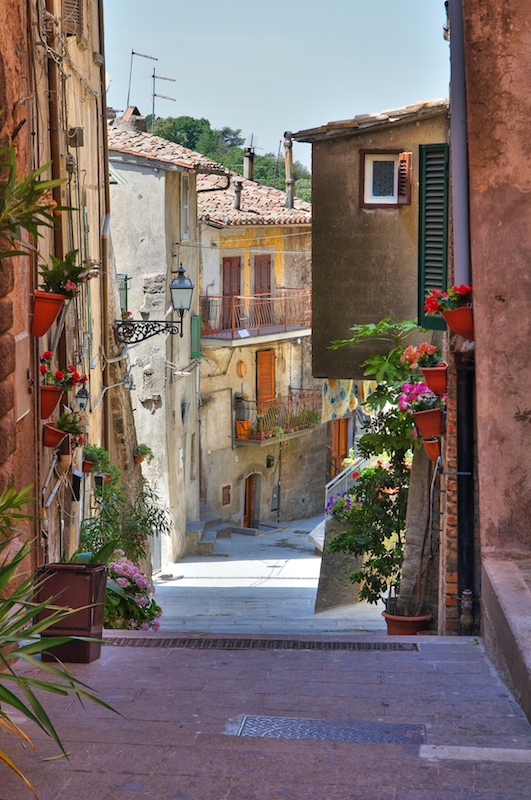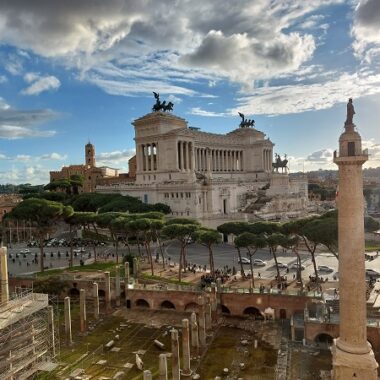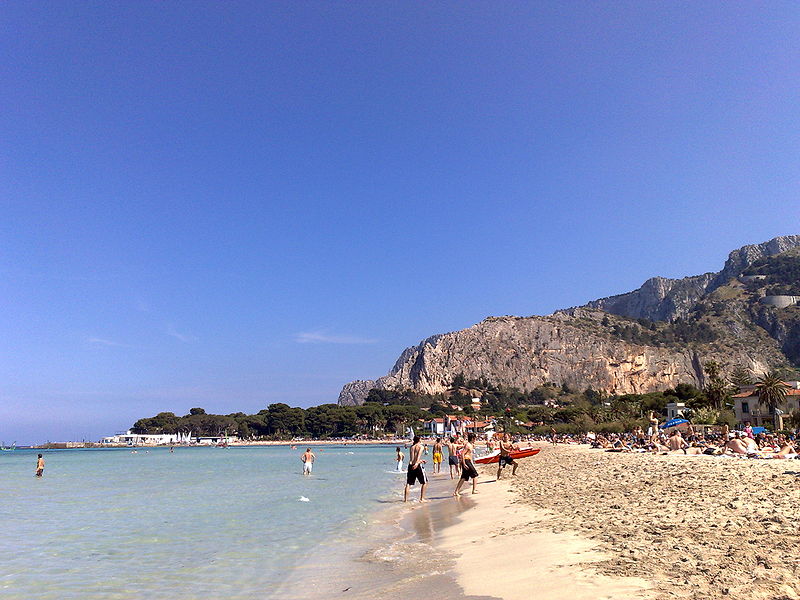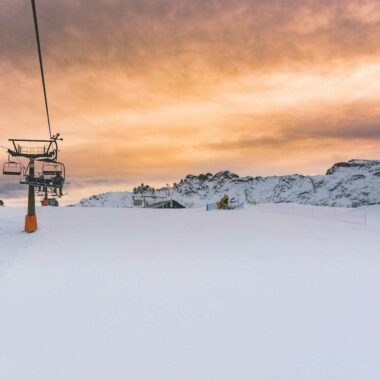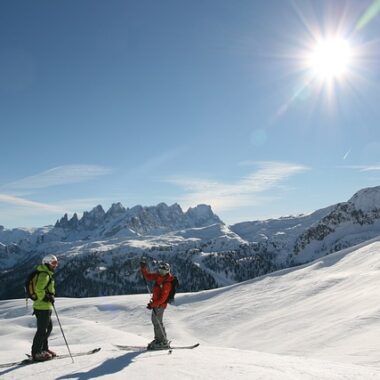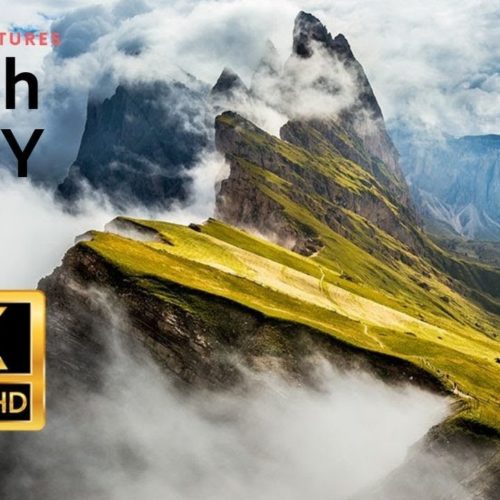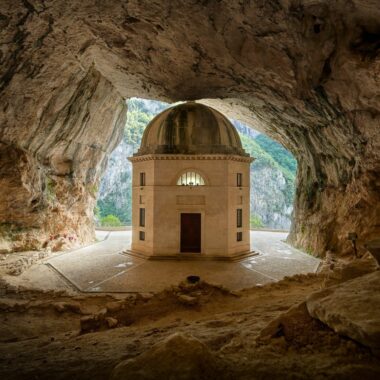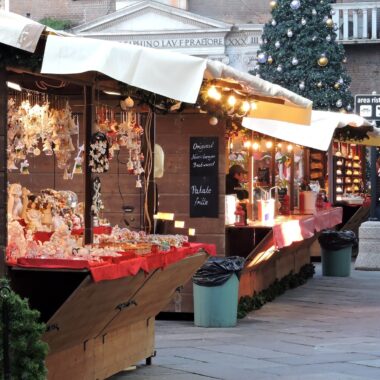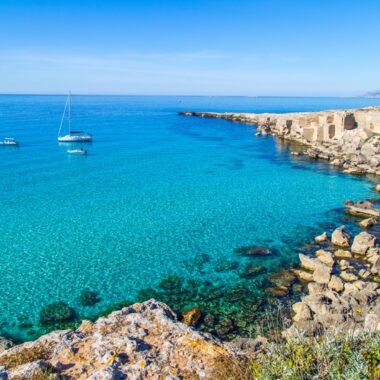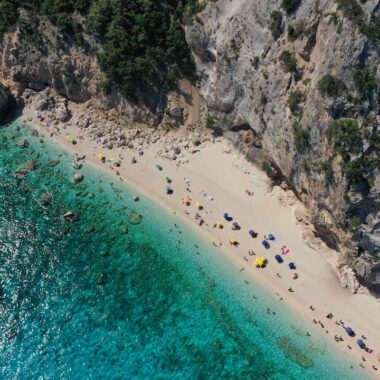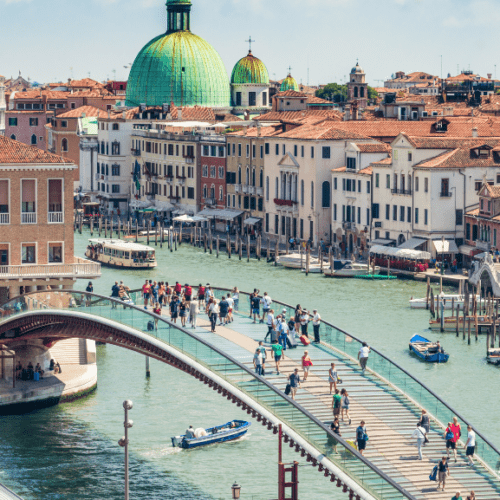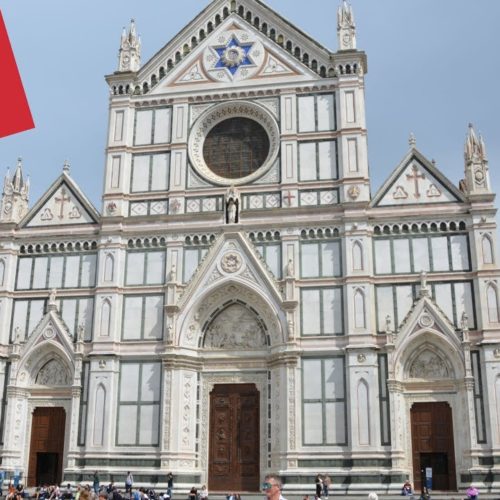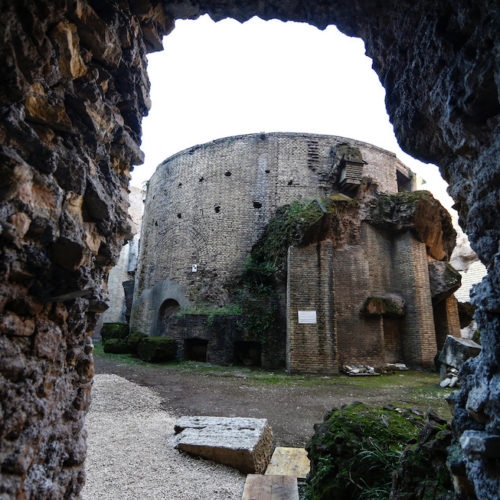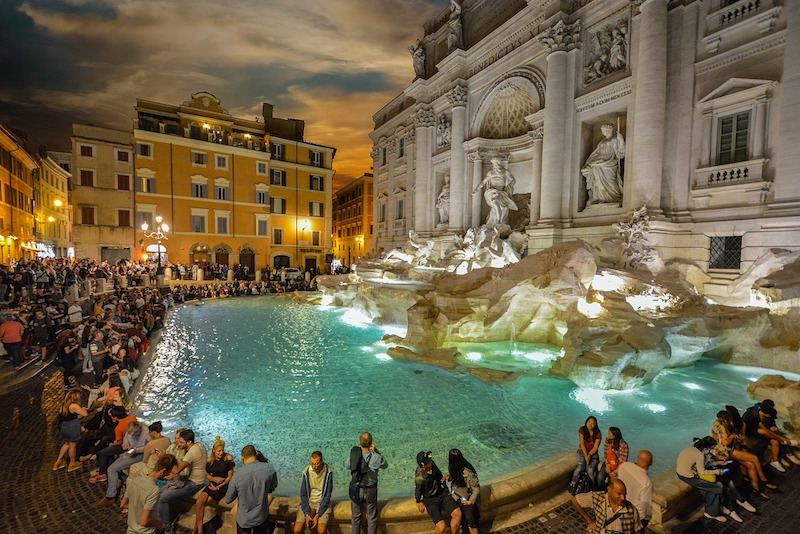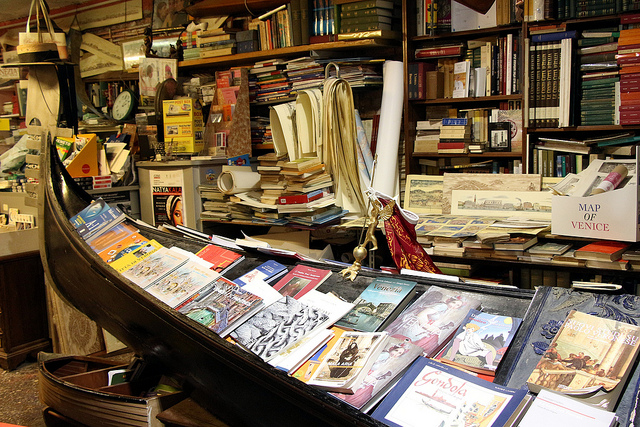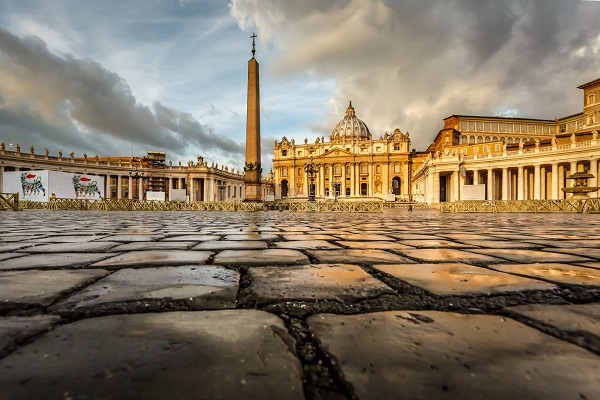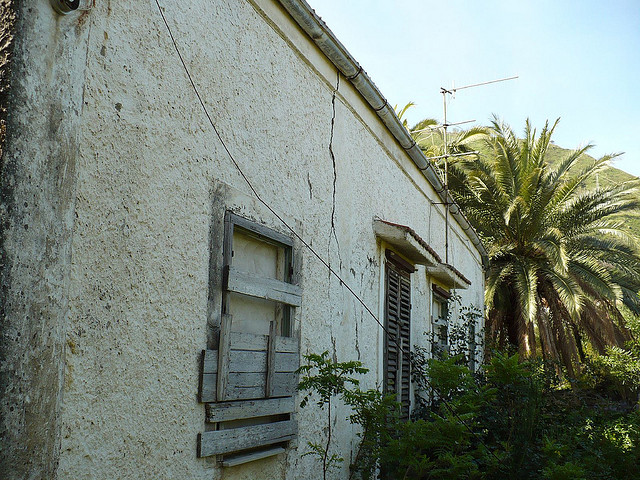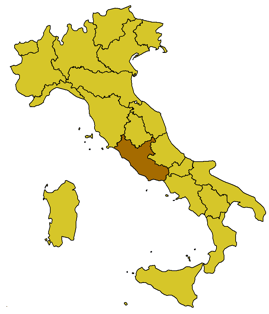
Lazio, also referred to Latium, is one of 20 regions in Italy. It encompasses the provinces of Frosinone, Latina, Rieti, Roma, and Viterbo. Lazio was once home to the Etruscan and Latin peoples which eventually evolved into the Romans. Lazio was part of the Papal States, the territory held by the Vatican until the 1860’s. The capital of the Lazio region is Rome which is also the capital of the Italian republic. Rome did not join the united Italy until 1870.
Like most areas that were once part of the Papal State, Lazio was traditionally poor with little in the way of economic development until recently. Lazio now contributes 10% of the GDP and is one of the most important regions in Italy. Aside from tourism Lazio derives is wealth from agriculture pursuits such as vegetable farming and wine making as well as key industries such as machinery manufacturing, textiles, pharmaceuticals, and publishing. The film industry has a steady base in Lazio. Lazio sports a population of nearly 5.2 million, constituting 9% of the total Italian population. 75% of the population in the region is employed in activities related to the public administration and research fields.
The region of Latium covers about 17 kilometers and is roughly shaped like a backwards lower case ‘y’. It borders Umbria, Marche, Abruzzo, Tuscany, Molise, and Campania. The eastern border of the region is formed by the Tyrrhenian Sea. The Ponzian Islands, opposite of the southern coast, are also considered part of Latium. Lazio has numerous national parks, lakes, rivers, mountains, and a stunning coast line which contribute to its prominence as a popular tourist destination in Italy. The countryside begins with majestic mountains in the south and east gently sloping down to rolling hills in the north. The over all climate is mild and favorable. The Tiber River runs through Lazio and is the third longest river in Italy. It flows from Mount Fumaiolo to the Tyrrhenian Sea. It is named after the mythical king Tiberinus who drowned in it. The river, then named Albula, was renamed in his honor. The Tiber was also the site where Romulus and Remus, the legendary founder’s of Rome, were abandoned and later found by a she-wolf. It also served as an important trade route despite its heavy flooding.
Lazio is well known for its parks and lakes. Among them the Lake Posta Fibreno, near Sora, receives many visitors because it plays home to a floating island that drifts over the water. This island was created by algae, weeds, bushes, and trees slowly becoming compacted into a mass of peat. Circeo National park covers an area of 8,500ha and hosts 25 species of migratory birds, great oak forests, and the largest number of animal species of any natural refuge in Italy. The park also includes a system of underground caves which have produced many fascinating prehistoric relics.
Latium is extremely well known for its arts, history, architecture, archaeology, religion and cultural influence on Italy as a whole. Because of its proximity to the Vatican the majority of Lazio’s population is Catholic, however there are scattered pockets of Jewish and Islamic peoples. From the middle ages to the eighteen century it served as the cultural epicenter for all forms of artistic and scientific creation. One can not turn around without being confronted with memories of the past, from small outlying stone churches and rural castles to cathedrals and museums in the bustling cities, Lazio is a region well decorated by some of the most influential artists ever born. Scenic drives through the country side are dotted with small castles; these are often lit for night time viewing. In fact, most of Lazio’s artistic monuments are beautifully lit at night.
Latium hosts lots of events, fairs and exhibitions. A partial list includes:
- Alatri hosts a sacred reenactment of the Passion Play in April.
- Sermoneta hosts a historical reenactment of the battle of Lepanto in October.
- Tarquinia hosts a historical parade and jousting tournament in May.
- Greccio host a reenactment of St. Francis building the first nativity scene on Christmas Eve.
- Acquapendente hosts the “I Pugnaloni” historical pageant in May.
- Castel Madama hosts a historical pageant and horse race in July.
- Genzano hosts the Flower Carpets Pageant in June.
- Rome hosts the Festa de’ Noantri in July.
- Rieti hosts the Palio Horse Race in July.
- Sant’Oreste hosts the Festival of the Madonna in May.
- Velletri hosts the Festival of St. Anthony Historical Parade and Jousting Tournament in January.
- Bolsena also host a similar Flower Carpets Pageant in June.
Lazio has recently gained world recognition with their Italian football team the Società Sportiva Lazio which was founded in 1900. In 2004 Claudio Lotito became the president of the series A team. Their uniform colors are sky blue and white, their mascot is the eagle, and they train in the Centro Sportivo de Formello. Italian football (or soccer) draws many fans, and unlike crowd goers at American soccer games, Italian soccer fans are prone to violent uprisings in support of their teams. Usually, no one is injured in these altercations, but the conduct would surprise most U.S. tourists.
To truly enjoy a visit to Lazio it is important to visit some of the smaller, outlying towns. Many are not only exceptionally beautiful against their rustic mountains settings, but are home to many medieval ruins as well. Also travelers should visit smaller churches as well as large cathedrals for their amazing architecture. Before returning home remember to shop at one of the many street markets for the perfect souvenir.
Lazio by Jamie Sue Austin


